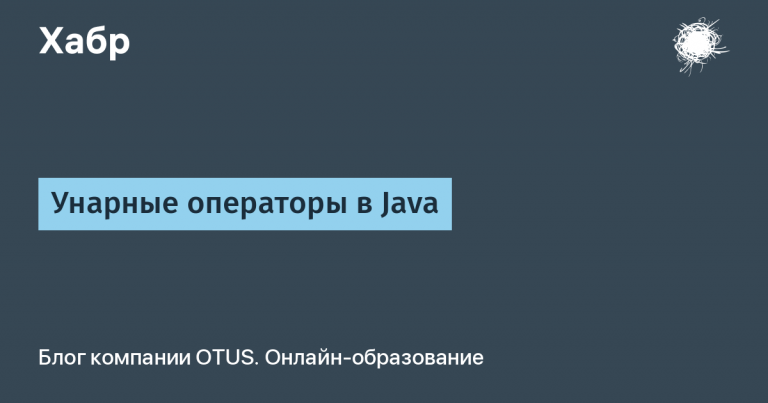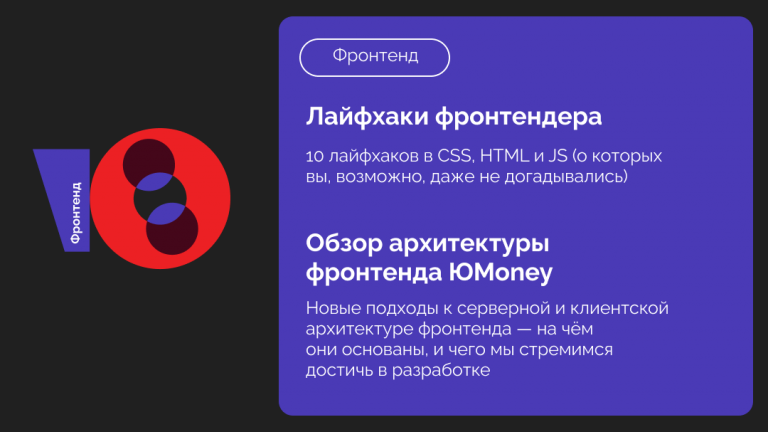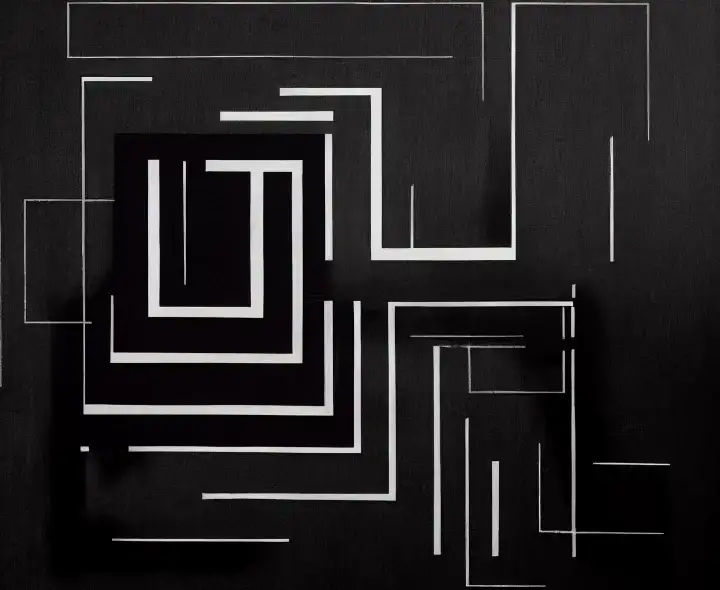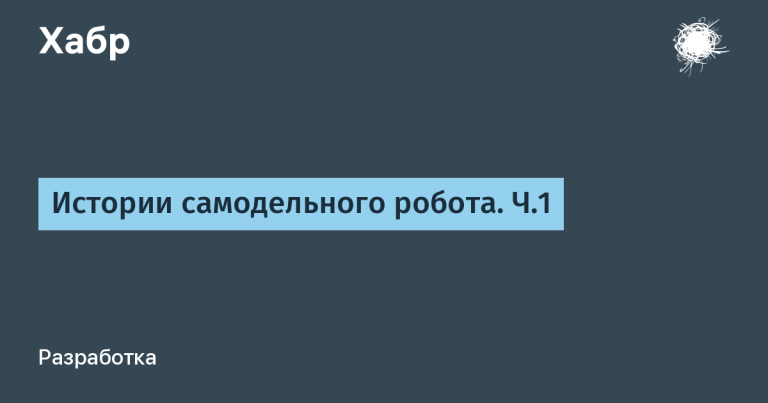Mathematically Optimal Christmas Cookies
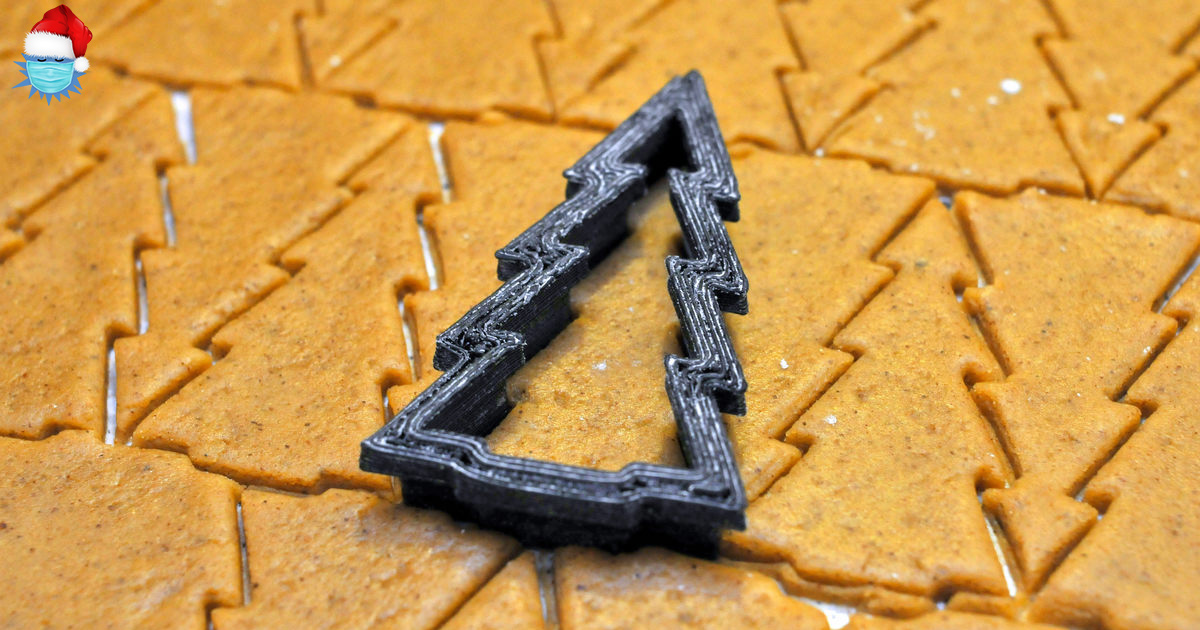
Extremely optimal shape for Martin Lersch cookies.
Martin Lersh, a Norwegian chemist and passionate cooking enthusiast, rolled out homemade dough one December and got to work. He turned the cookie pan in one direction and then the other, creating shreds in the form of Christmas trees. But Lersh’s main goal was not just a heap of delicious holiday cookies. He wanted to bake mathematically perfect shapes.
Over the past several years, Lersh has tried to solve a problem that often plagues bakers. “We want to make the best use of the dough so that we don’t have to collect the leftovers and roll them all over again. It’s actually a matter of saving time, ”says Lersh.
Lersh chose making Christmas cookies as a project for his blog Khymos, in which he explores the chemistry and scientific side of cooking. He found that standard birthday cookie shapes usually don’t fit very tightly together. Chubby Santas, caramel sticks, and gingerbread men usually leave a lot of excess dough. With the task of creating a beautiful yet optimal cookie shape, Martin designed a mold capable of squeezing out beautiful rows of cookies with a minimum of dough residue. As it turns out, his Christmas tree can be tessellated.
Famous for the Dutch engraver and painter Maurice Escher and a long-standing part of Islamic art, tessellations are geometric shapes that fit together perfectly. (For example, think of mosaics, puzzle pieces, or tightly packed Tetris figures.) Many of these tessellations are repeated over and over, like wallpaper, and are stunning when viewed from afar.
Lersh decided to design a cookie cutter that could turn the rolled dough into a tessellated plane, that is, so that there was no space between the figures. Escher once wrote that he finds “great pleasure” in the complexity of these strange patterns because they are capable of “mixing two and three dimensions.” And tessellations have really confused the greatest minds of mathematics and the most complex algorithms for a long time.
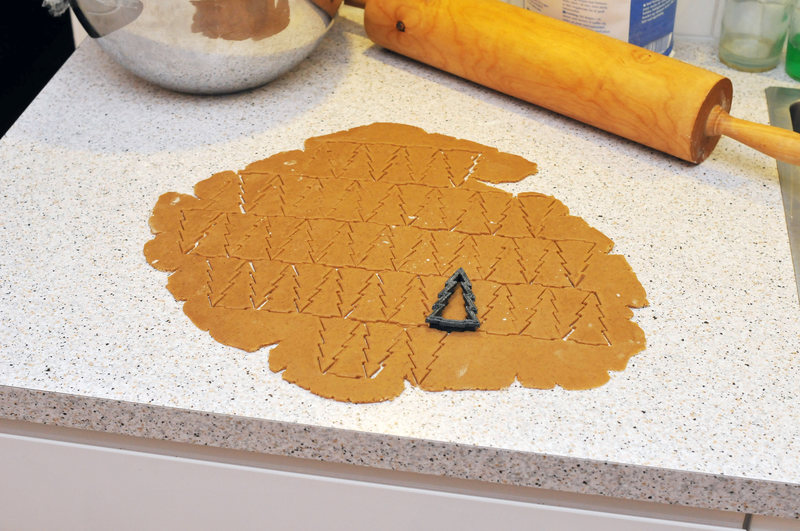
For the previous several years, Lersh had experimented with form design.
Cooking a cookie isn’t like making up an equation on dough, but according to a recent study, from the point of view of mathematics this is exactly so. The lead author of the paper, University of Copenhagen mathematician Mikkel Abrahamsen, studies the packing problem. This is a challenge that businesses and designers face on a daily basis when figuring out how to fit the maximum number of objects into a limited space. As you can imagine, the packaging challenge affects everything from the transportation industry to storing spices in the kitchen cupboard.
Abrahamsen specializes in learning how algorithms can be expressed in geometric form – which is exactly what happens when you press a cookie cutter into a 2D dough canvas. “We wanted to prove that there are very complex equations to solve for packing problems like this,” Abrahamsen says.
Abrahamsen’s team argues that the packing problem is an R-complete equation that takes a step further in complexity beyond the non-power equations long studied by computer scientists. The complexity of the task is partly related to the number of possible options. To solve the problem of optimal packaging – tessellation that takes up the largest possible space of the rolled dough, Abrahamsen says, you need to know in advance the ideal location of each individual cookie. The problem, however, is that there are endless ways to place cookies on a dough sheet. Plus, every time a shape is cut, the space for new cookies is reduced. Without the help of a computer program, you will understand the level of optimality of your packaging only when you run out of space. “Finding the best solution will take you endless attempts,” says Abrahamsen.

These tessellated tiles in the Alhambra palace complex were the inspiration for Escher.
However, this did not stop Lersh, who created his own themed Christmas tessellations of bells, trees and other figures using a free platform. Tess… A friend helped him 3D print several cookie cutters, after which he kneaded the dough. Lersh’s favorite pepperkake is a delicious Norwegian gingerbread cookie. Lersh, a chemist, said that it was once made with ammonium carbonate from crushed deer antlershowever today most people replace it with baking powder.
Having settled on the Christmas tree as the most optimal figure, Martin set to work. Mimicking Escher’s patterns, he placed every other shape upside down so that their borders perfectly match the adjacent shapes. The result is a series of intertwined cookies with no dough residue between the edges.
However, even when using the Lersh shape, the dough pieces remain at the edges of the pattern. It was this imperfection that Abrahamsen warned about: There are too many variables in a complex-contoured cookie cutter to use up the entire dough every time. To maximize efficiency, you can simplify the shape of the cookies, such as square cookies cut from a square piece of dough. But, as Lersh says, “Who cares about a square cookie?”
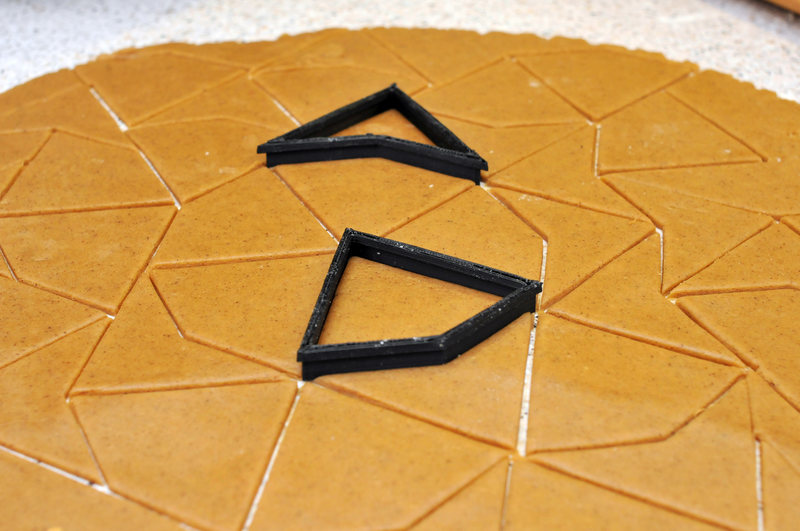
Another Lersh form is effective, but much less festive.
Abrahamsen argues that in the case of complex shapes like Christmas trees, finding the one most efficient way to position them on the dough plane is currently an unsolvable task. In 1999, the algorithm was able to solve the packing problem only for a square container containing up to four objects (simple octagons), and the program took 24 hours to complete the calculations. As each new polygon was added to the equation, it became more difficult for the algorithm to solve the problem, because it becomes more difficult to pack an object into a container when the space is already occupied. As far as Abrahamsen knows, no faster algorithm has been found since then.
However, cooking isn’t always about excellence. Any effort to create the best way to cut your holiday cookies should be supported. “I would encourage people to try it for the sheer pleasure of solving the puzzle,” Mikkel says. “It’s good to think about it, but don’t expect an optimal solution.”
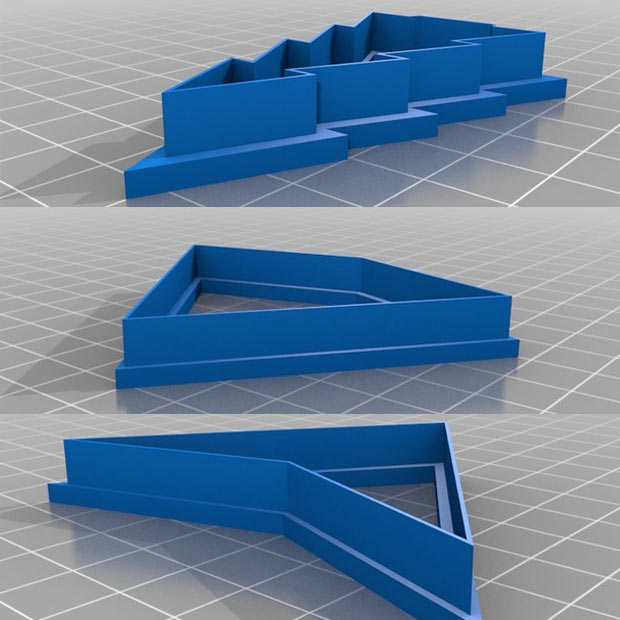
Lersh agrees that there may not be a way to create a mathematically perfect batch of birthday cookies at this time. The world will have to wait for an even more suitable figure than his Christmas tree (which Lersh’s friend posted online a few years ago for free download… Merry Christmas!) But he still calls for a tessellation oven, even for his own amusement. “If it allows someone to get rid of the fear of mathematics or science, then it’s even better.”

Advertising
Vdsina Happy New Year to everyone! Let 2021 bring only good things, but all kinds of troubles and covids remain in the old year!
Always ours virtual servers work flawlessly and without interruption. We use exclusively branded equipment, the best-of-its-kind proprietary server control panel and some of the best data centers in Russia and the EU. In the New Year, we will delight you with many pleasant surprises.


